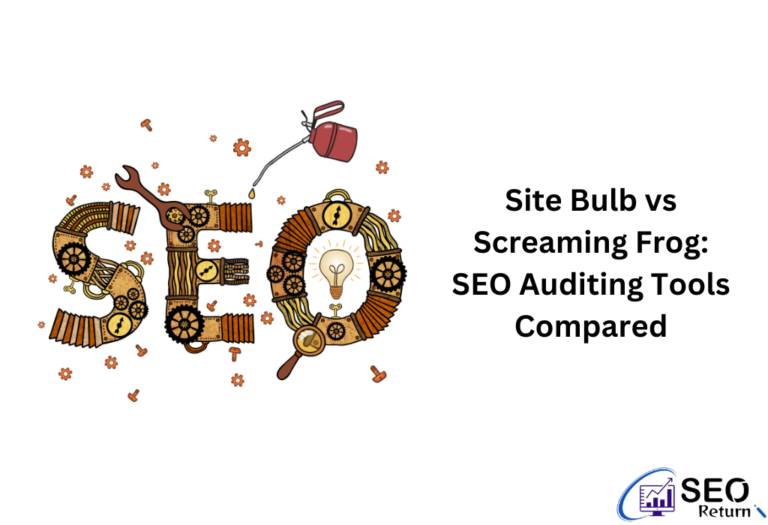In order to provide monthly SEO services like on-page SEO services, word press SEO services, SEO content writing services, on-site SEO services, or other local SEO services, you have to know the SEO best practices in order to provide successful and professional SEO services. For a website to rise in search engine rankings, it must follow SEO best practices. On-site SEO service (also known as on-page SEO service), keyword research, and the development of backlinks to a site are all common SEO best practices. You can do many different things to improve your google ranking including advanced SEO strategies and techniques.

Add Your Main Keyword Early on top
In order to get the most out of your keyword, you need to use it a lot on your page. However, you may be surprised to learn that the geographic location of your keyword has an impact as well. Make sure your main keyword is mentioned at the top of the page. What’s the big deal? The terms that appear near the top of a webpage are given more weight by Google.
Write Unique Titles, Descriptions, and Content
One of the most important SEO best practices is to avoid duplicating content. Duplicate or near-duplicate versions of your content should be avoided, as stated by Google. Publishing a page on your site requires that all of the content on that page be completely original. If you running a small blog with a homepage and a few blog posts, this rule is fairly straightforward. If you run an eCommerce site with thousands of products, writing unique content for each page can be difficult.
Optimize Your Title Tag for SEO
Your title tag is crucial in the case of an on-page SEO service. On-page SEO services aid in the organization of webpage content, allowing crawlers to index the information they’re looking at and rank the page higher as a result. When it comes to getting your site to the top of search engine results, you’ll need to focus on both off-site and on-site SEO services. Additionally, proper on-site SEO service aids users by making it easier for them to determine whether or not a page is relevant to their search query. On-site Helps Google understand what a human visitor sees and what value they get from a page so that search engines can reliably serve up what human visitors would think is high-quality content about a specific search query. Even Google recommends that you use high-quality titles for your web pages. When writing your page’s title tag, remember these tips:
Front-load Your primary keyword
Your target keyword should appear at the beginning of your title tag, which is known as “front-loading.” What’s the big deal? This means that search engines pay close attention to the keywords you include in your title tag. For this reason, your keyword should appear in the page title. However, you may be surprised to learn that keywords and phrases that appear early in your title tag are given more weight by Google. The keyword you want to rank for should be at the beginning of your title if it makes sense.
As an example, if we search the monthly SEO services on Google, then the answer exactly starts with the word monthly SEO services. It’s not always possible to include your keyword in your title tag because it will make it look out of place. Yes, it’s critical to optimize a website for search engines. Title tags, on the other hand, must be beneficial to users.
Create Eye-Catching Titles That People Will Want to Share
Your page’s title tags should entice readers to click through to your website because it is possible to rise to the top of search results if a lot of people click on your result in Google. This is why I begin optimizing my title for clicks and shares after I finish my SEO work.
Optimize Your Site’s Loading Speed
The ranking factors in Google’s algorithm are usually kept under wraps. So if they talk a lot about one ranking signal, you know it’s important. There are a few ranking factors that don’t get much attention. Because of this, I strongly recommend that you make your website load as quickly as possible. Begin by determining how fast your site currently loads. As a result, you’ll have a better idea of where you stand prior to making any changes.
Image Optimization for SEO
SEO isn’t just about getting your images to show up in Google’s search results. If your images are properly optimized, you can improve your page’s search engine rankings. When using images on your website, it is important to ensure that they are SEO-friendly. There’s a good chance that this won’t be a problem. Keep these two image SEO best practices in mind and you’ll be good to go.
Make Use of Descriptive Filenames When Saving Images
Images can’t be seen by Google. In addition, your image’s filename is a way for people to identify what they’re looking at. Let’s say you have a picture of a description of monthly SEO services on your website. That image’s filename should not be im92. Instead, give your image a descriptive filename of monthly SEO services.
Use the Image Alt Text
According to Google, the search engine relies heavily on alt text to interpret images. Adding alt text to each image takes just a few extra seconds of time. I’ve found that the effort pays off but the benefits are quite worth it. A picture of pancakes would look terrible if the alt text read something like this. As with your filename, you want to provide search engines with a succinct description of what your image depicts.
Make Use of Internal Links
In terms of SEO, internal linking is one of the most straightforward techniques in local SEO services to rank the website high. Add a link from one page to another on your site and you’re done. However, you don’t want to simply add a slew of random links to your site. Yes, it’s better than having no internal linking at all. Internal links can be a great way to boost your search engine rankings.
Use Anchor Text Rich in Keywords
In order to determine the topic of a page, Google looks at the anchor text that links to it. The anchor text in these links, for example, aids Google in deciphering the content of each page. You should, of course, include your primary keyword in the anchor text. This internal link, for example, points to a post of mine about on-page SEO. As you can see, the anchor text of my internal link includes that exact term. The importance of high-quality content is well-known in the SEO community.
Improve the user experience of your website
Improving the user experience (UX) of your website can help your SEO efforts in both direct and indirect ways. If a large number of people leave your site and return to the search results, this tells Google that your result didn’t satisfy the searcher’s needs. Additionally, you may see a drop in your search engine rankings. User-friendly websites are more likely to be linked to and shared by their visitors, which in turn boosts their SEO. So, even if you have great content, no one will link to your site if it is difficult to navigate, filled with intrusive pop-ups and ads, and riddled with broken links. So, yes, UX is something every website owner should be concerned about. It just so happens that having a great user experience can help your search engine optimization efforts as well.




